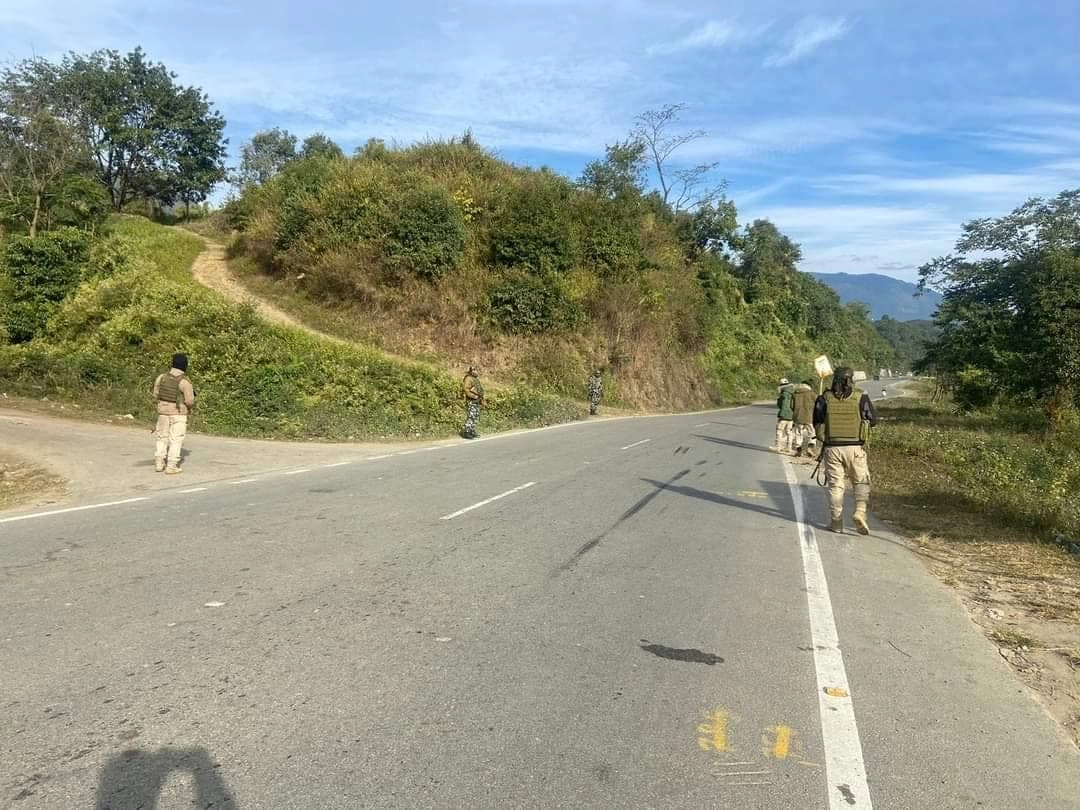In recent months, the Chinese Foreign Minister’s extensive diplomatic tours across South Asia, particularly to India, Kabul, and Pakistan, have caught the attention of analysts and observers alike. These visits are not merely routine diplomatic engagements; they reveal a strategic maneuvering on China’s part to cement its influence in a region that is increasingly pivotal in global geopolitics. The interplay of economic, political, and security interests is evident, as China seeks to strengthen its ties with neighboring countries while countering the influence of the United States and India.
China’s relationship with India has historically been complex, marked by both cooperation and competition. The recent visit by the Chinese Foreign Minister to India can be interpreted as an attempt to stabilize relations that have been strained over border disputes and regional rivalry. By engaging with India, China aims to present itself as a responsible regional power, capable of fostering dialogue and collaboration. This approach not only seeks to reduce tensions but also to position China as a mediator in South Asian affairs, potentially enhancing its soft power in the region.
In contrast, the visits to Kabul and Pakistan underscore China’s strategic interests in Afghanistan and its close ties with Islamabad. Following the Taliban’s takeover in Afghanistan, China has expressed a keen interest in investing in the country, particularly in infrastructure and mining, as part of its Belt and Road Initiative (BRI). Strengthening connections with Pakistan, a long-time ally, is equally significant as it provides China with a reliable partner in South Asia to counterbalance India’s influence. Through these diplomatic efforts, China aims to create a network of alliances that can facilitate its economic ambitions while ensuring regional stability.
Moreover, these tours reflect a broader trend of China’s expanding footprint in South Asia, where it seeks to establish economic corridors and enhance trade routes. As the U.S. recalibrates its foreign policy focus, China is seizing the opportunity to fill the power vacuum by forging closer ties with key nations in the region. This dynamic not only reshapes the geopolitical landscape but also presents challenges for India, which must navigate its own strategic interests while responding to China’s growing assertiveness. Ultimately, the Chinese Foreign Minister’s travels are emblematic of a calculated strategy that seeks to reinforce China’s position as a dominant player in South Asia, with implications that could resonate far beyond the region itself.




